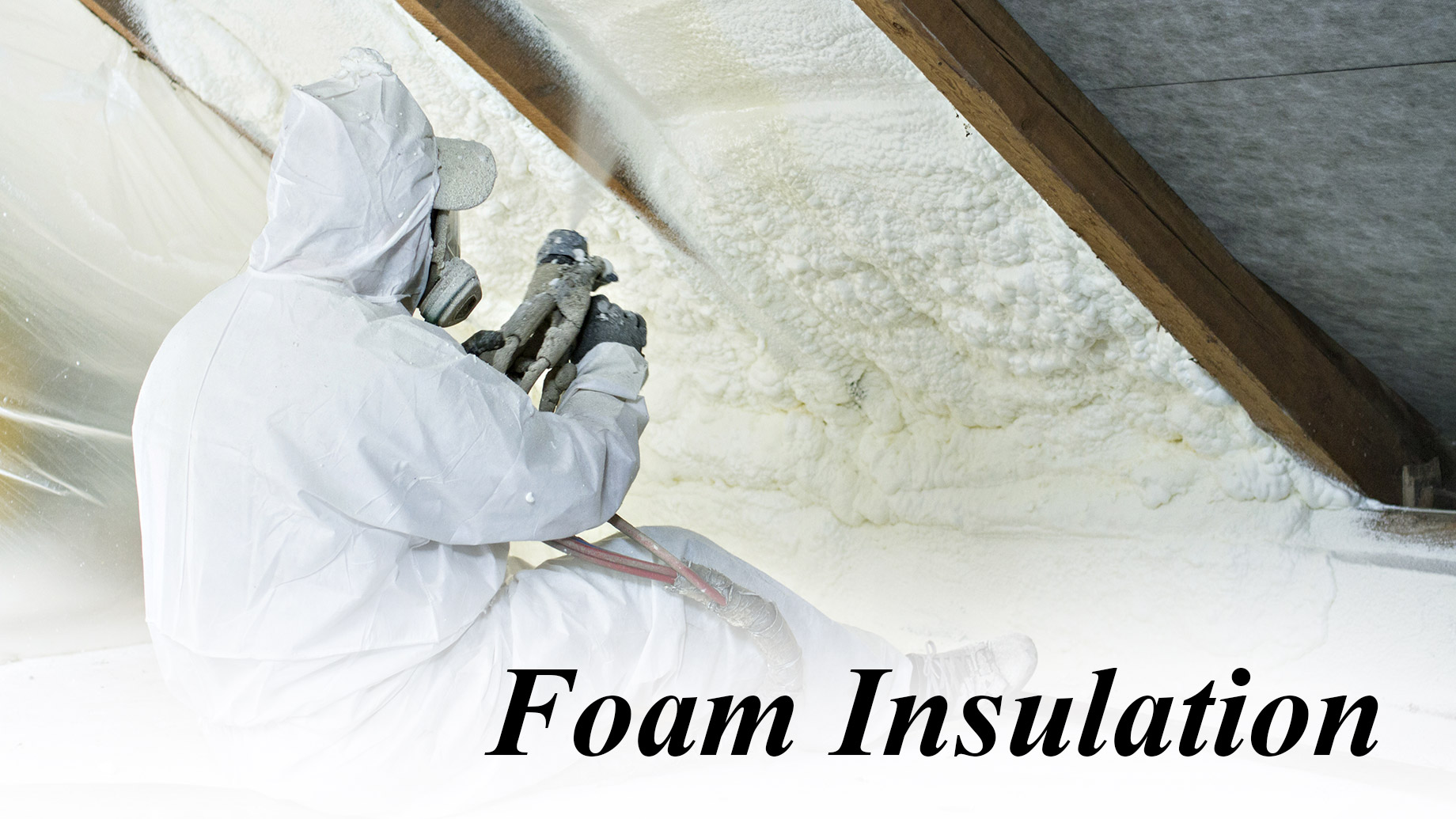
Investors and contractors have a growing awareness of using spray foam as a substitute for mineral wool. Wool, having a heavy structure, weighs on the construction of the building. Mineral wool does not work in some cases, and assembly errors increase energy demand on the building. It is worth looking at spray foam insulation, which has more advantages than disadvantages. Polyurethane foam allows for effective insulation of the building.
If your home needs insulation, get in touch with Stellrr Insulation & Spray Foam of Austin Company and ask for an estimate.
You will efficiently and quickly receive offers in your area and choose the best one for yourself.
Types and application of polyurethane foam
Polyurethane foam is an insulating material. The first pure foam production technology used included only rigid foams. Gradually, technological development allowed the production of flexible foams and aerosol foams (semi-rigid foams). Closed-cell spray insulations are very effective insulation materials. On the other hand, open-cell polyurethane foam is more economical. Spray insulations of this type also provide suitable thermal insulation parameters for buildings. Depending on the style, polyurethane foam may have better or worse fire resistance.
Advantages of using polyurethane spray foam
Polyurethane foam is economical, durable, and hassle-free when processing and assembly. It is easy to transport. Foams are resistant to mold, fungi, and microorganisms. Over the years, they do not lose their insulating properties and mechanical parameters. They have a wide temperature resistance range, from – 60 degrees C to + 100 degrees C. Foam insulation is safe for human health and is resistant to water vapor diffusion. Foam insulation also has other advantages. In particular, spray insulation seals all gaps and guarantees high tightness and the absence of thermal bridges.
Foam insulation creates conditions for good soundproofing of the building. Spray foam is frost-resistant, rot-resistant, odorless, and physiologically neutral. Spray insulation and polyurethane products are lightweight, and the roof frame is not overloaded with its application. At the same time, commercial wool needs a more solid roof structure. Thermal insulation of the roof with foam is therefore cheaper. The foam installation price can also come as a negative surprise for investors.
A most effective method of insulating the attic
Insulating the attic with polyurethane foam by spraying is an increasingly used method and displaces the use of mineral wool and polystyrene. Roof and attic insulation are the most critical issues when completely insulating a home.
Spray insulation fills hard-to-reach places where other insulation materials would be difficult to implement. Insulating the roof and other parts of the building with foam stiffens the structure of the building. Foam has an ideal heat transfer coefficient and is waterproof. It is also possible to indicate that there is no need to prepare the surface. With spray technology, the ceiling and walls’ surface do not require leveling or cleaning.
Keeping all the benefits in your mind, are not you convinced enough that spray foam insulation does save your money in the long term?